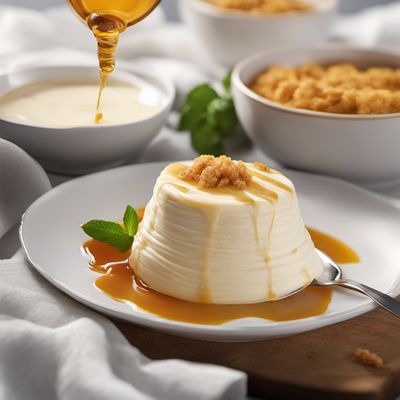
Dish
Bal kaymak
The clotted cream used for Bal kaymak is made by boiling milk and then letting it cool until a thick layer of cream forms on top. The cream is then skimmed off and served with honey. Bal kaymak is typically served with bread and tea.
Origins and history
Bal kaymak has been a popular breakfast dish in Turkey for many years. It is believed to have originated in the city of Kayseri, which is known for its dairy products. The dish has since spread throughout the country and is now enjoyed by people of all ages.
Dietary considerations
Bal kaymak is not suitable for those who are lactose intolerant or have a dairy allergy. It is also high in calories and fat, so it may not be suitable for those on a low-fat or low-calorie diet.
Variations
There are many variations of Bal kaymak, with some recipes calling for different types of honey or additional ingredients such as nuts or dried fruit. Some people also like to add spices such as cinnamon or cardamom to the clotted cream.
Presentation and garnishing
Bal kaymak is typically served in a small bowl or dish with the clotted cream and honey arranged in a swirl. It is often garnished with nuts or dried fruit.
Tips & Tricks
To make the perfect Bal kaymak, be sure to use high-quality clotted cream and honey. The cream should be thick and creamy, with a rich flavor. Be careful not to overdo it with the honey, as this can overpower the flavor of the cream.
Side-dishes
Bread and tea are the traditional side dishes for Bal kaymak. However, it can also be served with other types of bread or pastries.
Drink pairings
Bal kaymak is typically served with a hot cup of Turkish tea, which is a popular beverage in Turkey.
Delicious Bal kaymak recipes
More dishes from this category... Browse all »
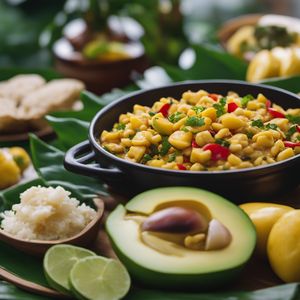
Ackee and Saltfish
Jamaican cuisine

Akki rotti
Indian cuisine
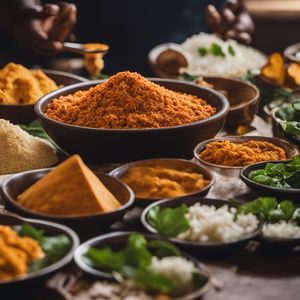
Akwadu
Cameroonian cuisine
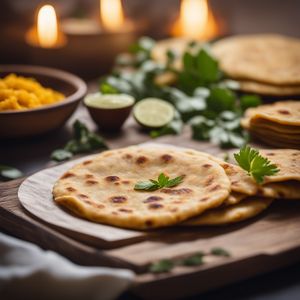
Aloo paratha
Indian cuisine

Arepa paisa
Colombian cuisine

Aseeda
Yemeni cuisine
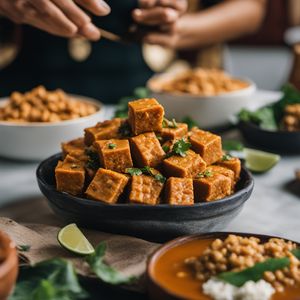
Babakau
Micronesian cuisine
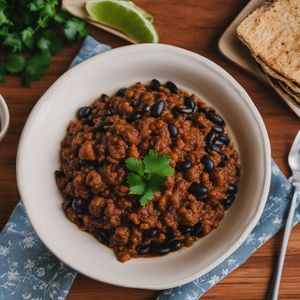
Baixaria
Brazilian cuisine
More cuisines from this region...

Assyrian cuisine
Savory, Tangy, Earthy, Herbaceous, Nutty

Caucasian cuisine
Spicy, Savory, Tangy, Herbaceous

Eastern Arabian cuisine
Spicy, Savory, Aromatic, Tangy, Sweet

Iranian cuisine
Savory, Spicy, Sweet, Tangy

Levantine cuisine
Fresh, Light, Healthy, Tangy, Savory
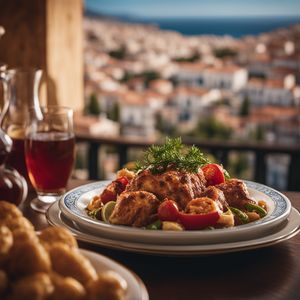
Pontic Greek cuisine
Bold, Hearty, Spicy, Tangy, Savory

